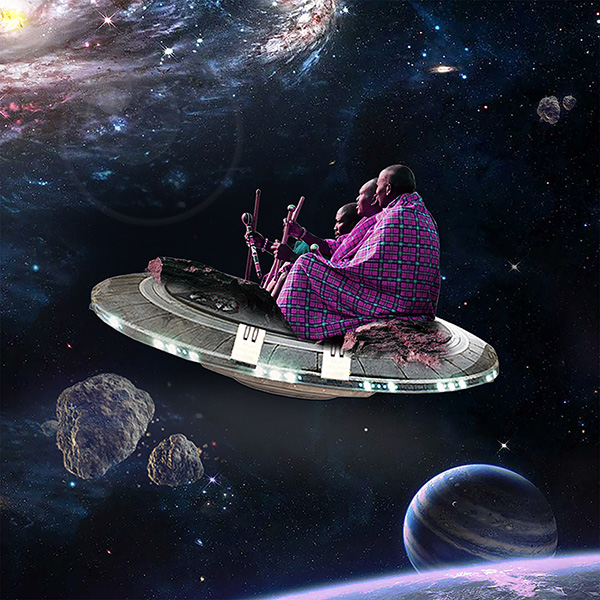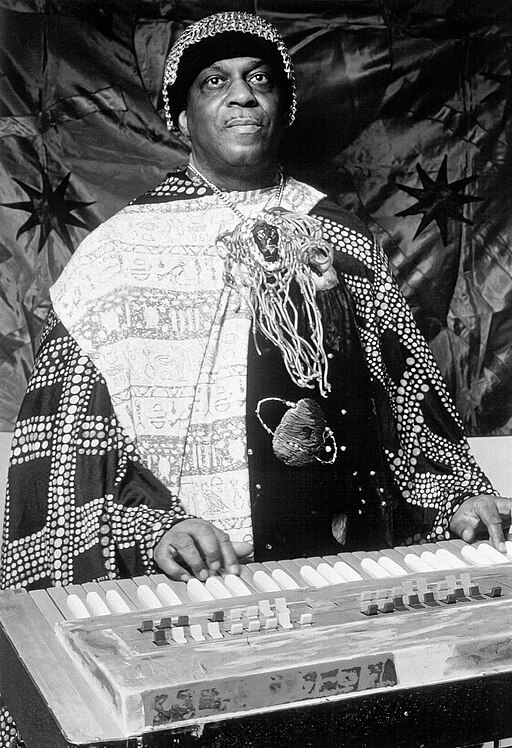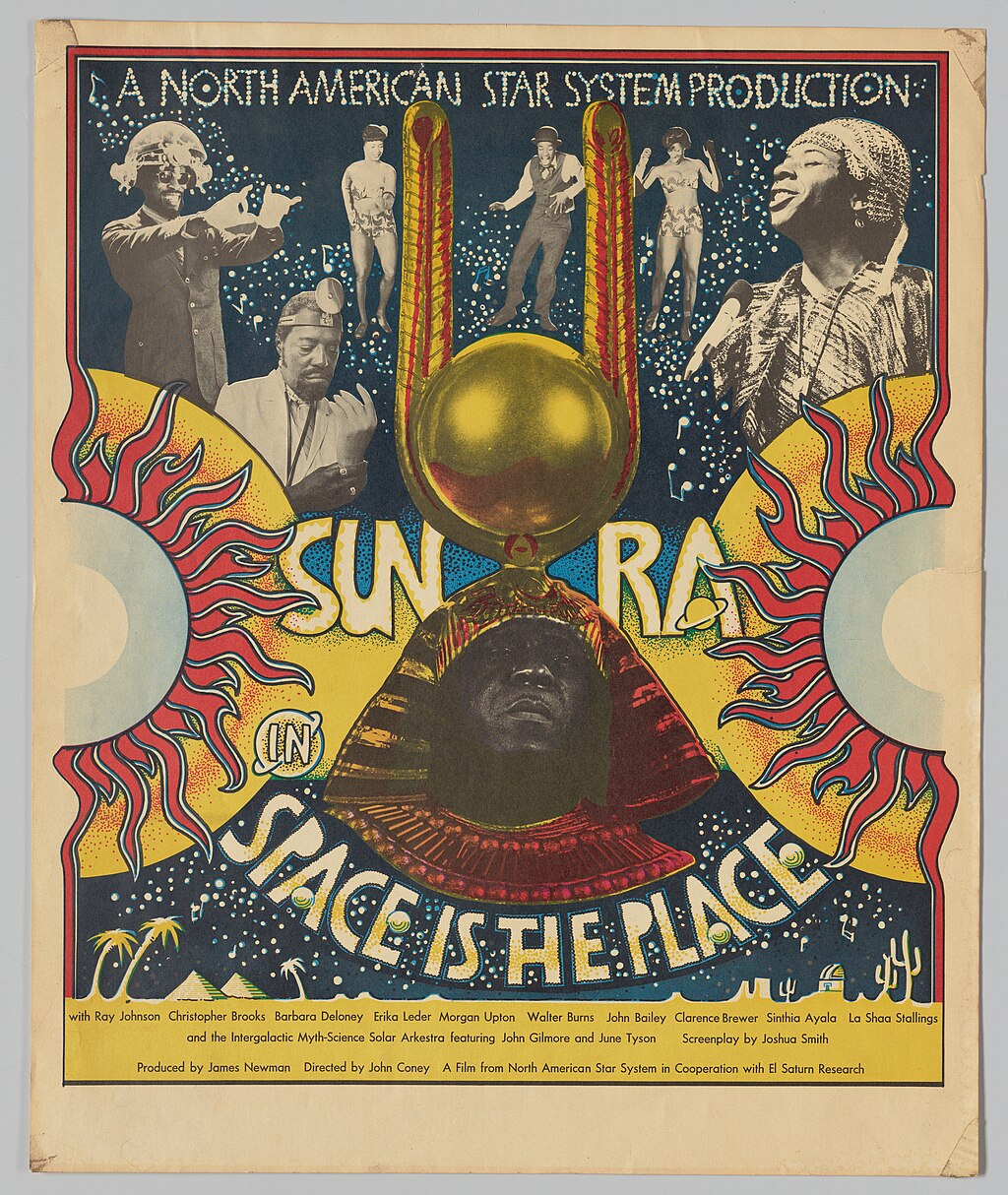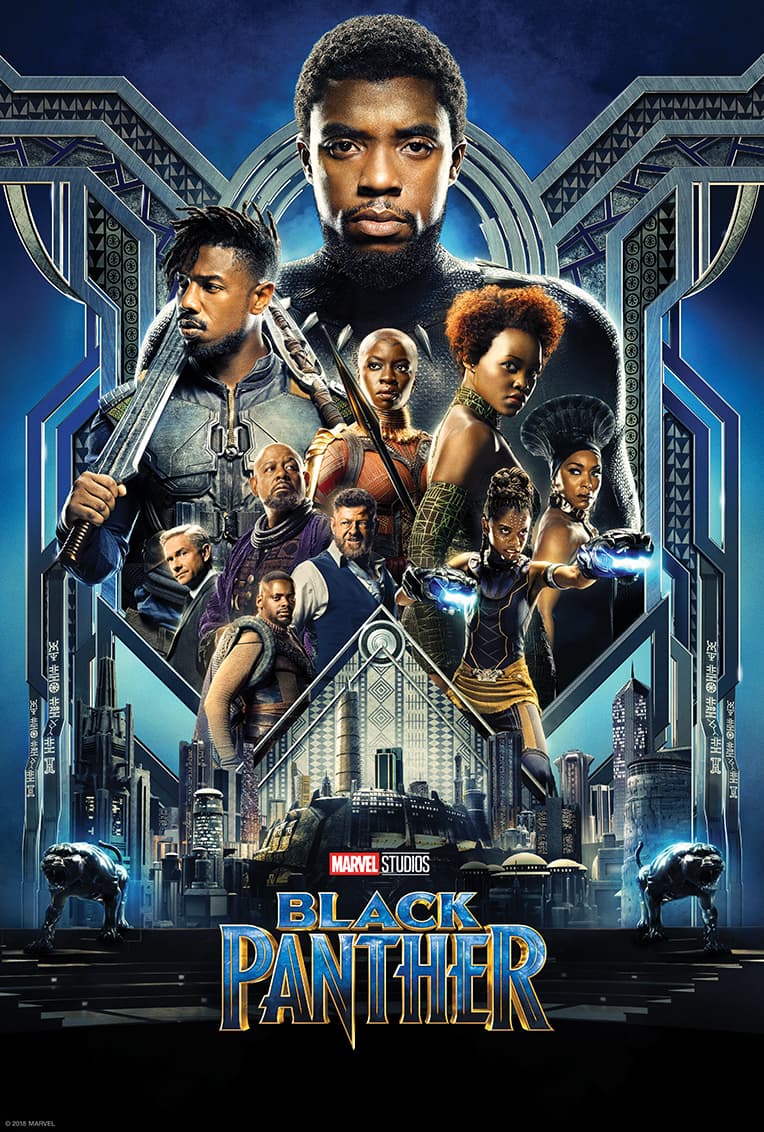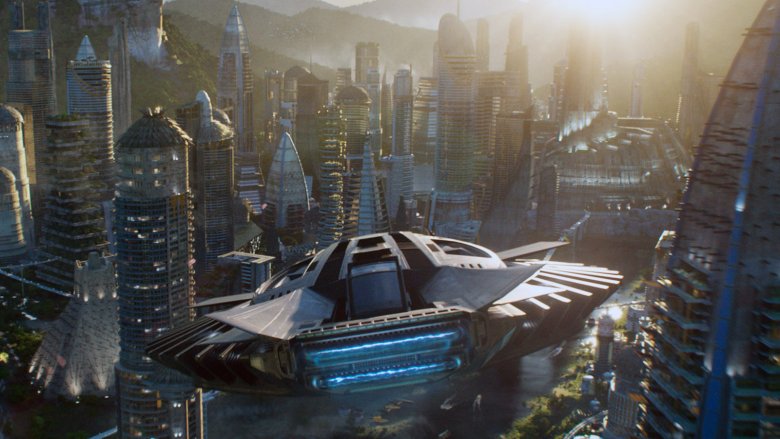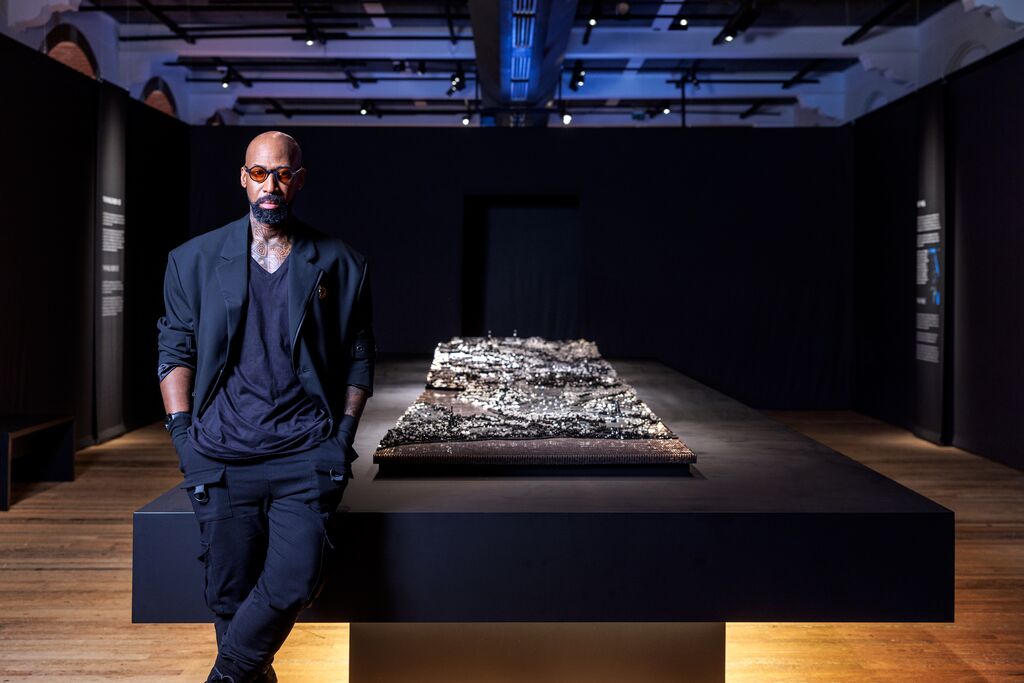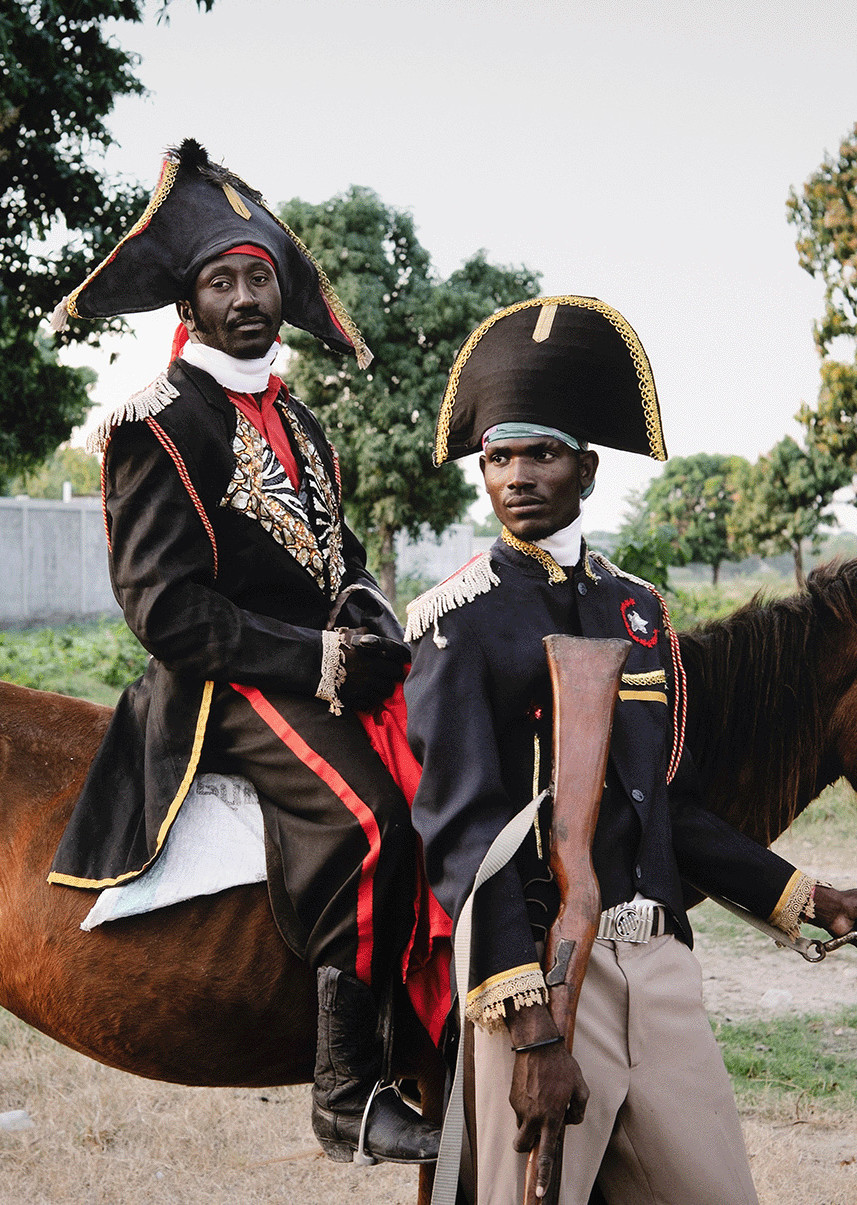
Afrofuturism is a vision of Black identity that is not limited, but celebrated. It embraces art and storytelling that imagine, for instance, futuristic cities built on African mythology, sculptures that weave technology with ancestral wisdom, and music that extends the pulse of ancient African rhythms. Afrofuturism reimagines African history and the colonial past — not through the lens of European interpretations, but as a view of Africa as a global power whose cultures have always been dynamic and technologically advanced.
